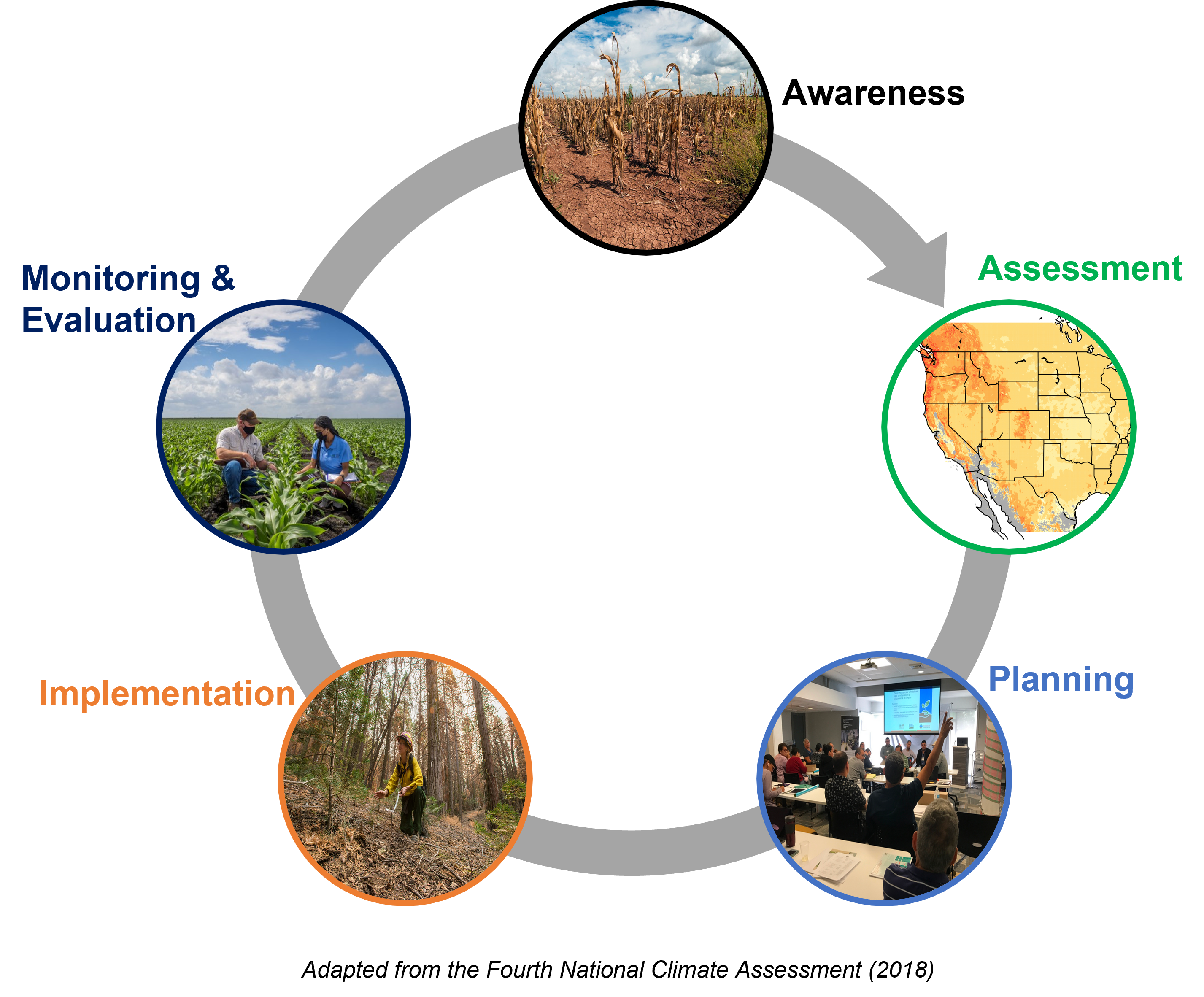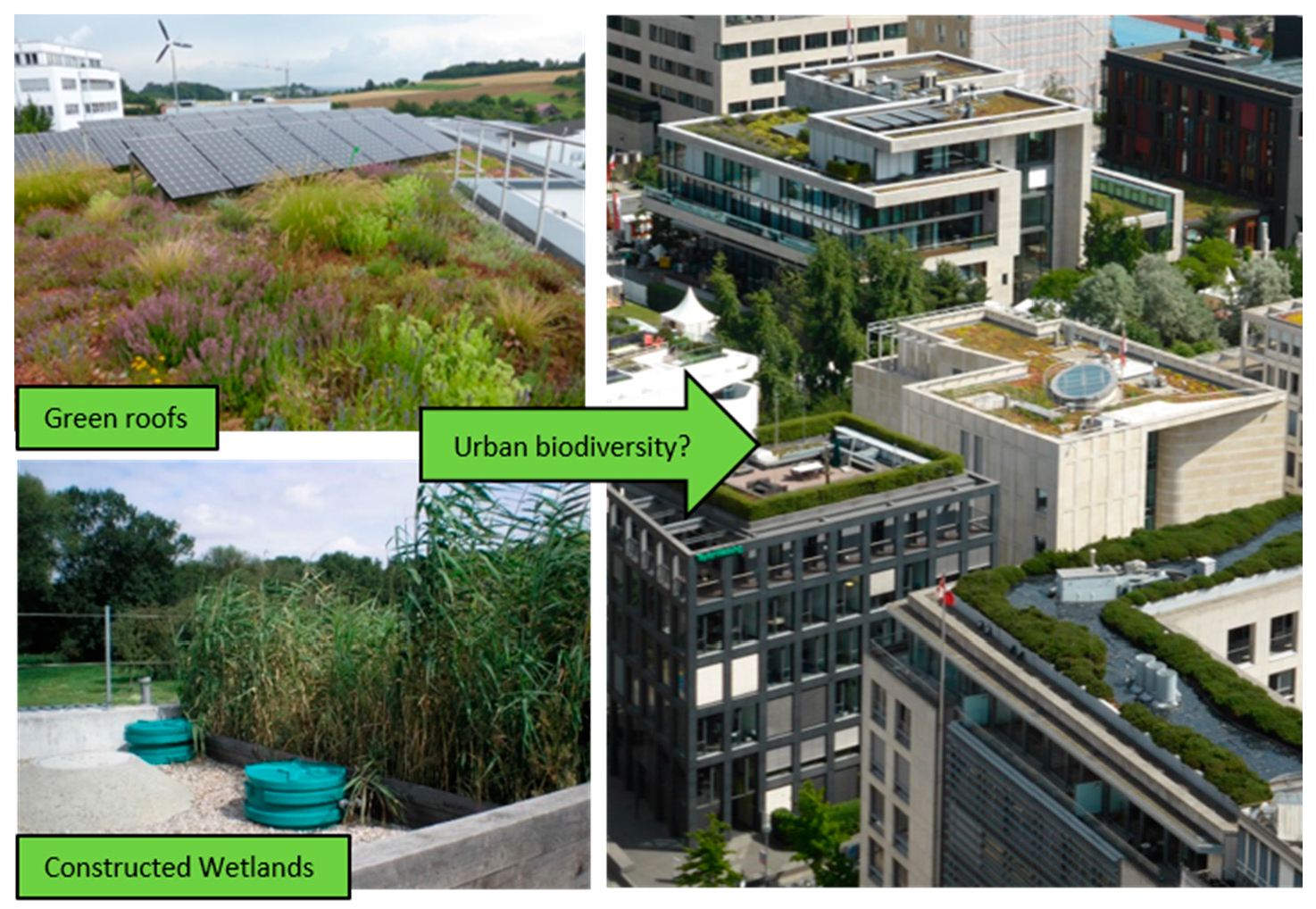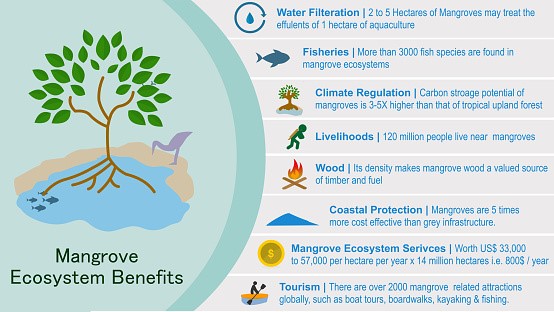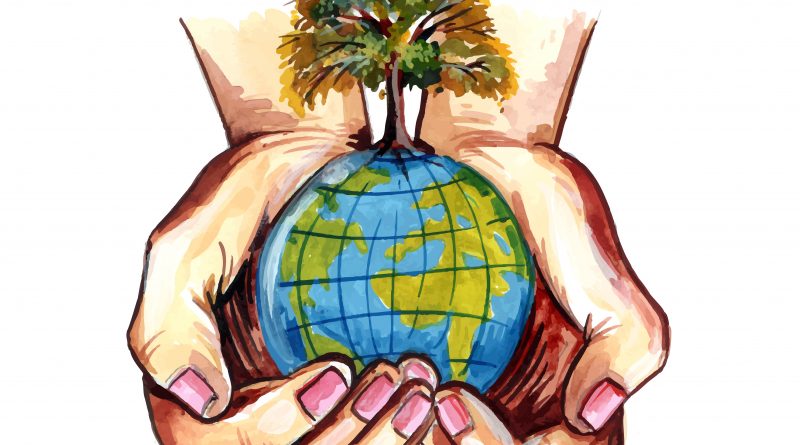Climate Change Adaptation
The concepts of ecosystem services and nature-based solutions are new approaches that recognise the dependence of human societies and their developments on natural systems………
By Dr. Nidhi Yadav/Sudiksha Gupta


It is however expected that they can broaden the focus regarding the fundamental human relationship with the nature and create multiple benefits including climate change adaptation. In the same lines sustainable urban development requires an understanding of the management of NBS (nature-based solutions) that is nature-based solutions for CCA (Climate Change Adaptation) and their mainstreaming or integration into urban planning and governance.
 This work has to be accomplished at several levels like municipal level where international and national legislation and policies are translated into practice. The key focus area for this purpose should include assessment of naturally vulnerable areas and promotion of ecosystem-based adaptations. The ways to minimize risk at the lowest costs should be brainstormed so that these adaptations do not turn into maladaptation over time and the need for mainstreaming adaptation into the developmental strategy. Talking about the feasibility of climate change adaptation for disaster risk reduction, there can be 5 major types of nature-based solutions viz ecosystem restoration approaches, issue-specific ecosystem-related approaches, infrastructure-related approaches, ecosystem-based management approaches, and ecosystem protection approaches.
This work has to be accomplished at several levels like municipal level where international and national legislation and policies are translated into practice. The key focus area for this purpose should include assessment of naturally vulnerable areas and promotion of ecosystem-based adaptations. The ways to minimize risk at the lowest costs should be brainstormed so that these adaptations do not turn into maladaptation over time and the need for mainstreaming adaptation into the developmental strategy. Talking about the feasibility of climate change adaptation for disaster risk reduction, there can be 5 major types of nature-based solutions viz ecosystem restoration approaches, issue-specific ecosystem-related approaches, infrastructure-related approaches, ecosystem-based management approaches, and ecosystem protection approaches.
A few interesting examples supporting his argument include the Bio shield of Bengal, an innovative approach started by Government of West Bengal. In this approach a nature-based solution was introduced to prevent the harmful effect of the flood pertaining to coastal region and the adjacent areas of West Bengal using mangrove plantation technique under the name of MISHTI (Mangrove Initiative for Shoreline habitats and tangible incomes). The mangroves planted here have come to be known as “Bio-Shield of Bengal.”



Under CBEMR (Community-Based Ecological Mangrove Restoration), around 20 crore propagules of mangroves have been planted by females covered under MNREGA. Hence, creating employment opportunities in the remote areas at a time where unemployment is a grave issue of concern.
It is now growing into a people’s movement- females tied rakhis to these trees and termed them as “protectors”, and schools were encouraged to involve students and send Valentine’s Day messages to the trees. The shock-absorbing nature of mangrove trees would prove to be of great significance in reducing the risk of disasters in the upcoming years.
Mangroves have a complex salt filtration system and a complex root system to cope with saltwater immersion and wave action. They are adapted to the low-oxygen conditions of waterlogged mud but are most likely to thrive in the upper half of the intertidal zone. Compared to other type of forests, mangroves have extremely high rate of carbon capture, a service which benefits society as a whole. Also, it is beneficial in carbon sequestration and could turn out to be golden step towards reducing the greenhouse gases and the associated rise in temperature of the planet Earth. Given the financial aspects, it is so far, the most pocket friendly way to address a climatic issue pertaining to floods and cyclones. Bio-shield workers are given wages to be a part of it and working towards nature restoration.
 This bio-shield project is a step towards sustainable future with a promise of less to no harmful effects of the super cyclones. Another well known and practiced approach is Wetland restoration. It is also a nature-based solution which is highly sustainable to tackle environmental challenges. Environmentalists like Ramveer Tanwar, the CEO of Say Earth has worked on the restoration of ponds in various Indian cities and the total revamping of the surrounding areas into tourist spots. Several industries and multiple disciplines of science need to come together and collaborate to make these solutions work including research to construction and capacity building in terms of skills and infrastructure.
This bio-shield project is a step towards sustainable future with a promise of less to no harmful effects of the super cyclones. Another well known and practiced approach is Wetland restoration. It is also a nature-based solution which is highly sustainable to tackle environmental challenges. Environmentalists like Ramveer Tanwar, the CEO of Say Earth has worked on the restoration of ponds in various Indian cities and the total revamping of the surrounding areas into tourist spots. Several industries and multiple disciplines of science need to come together and collaborate to make these solutions work including research to construction and capacity building in terms of skills and infrastructure.
Local level initiatives like “Jal Chaupal” should be welcomed, in which the problem and solutions are discussed with the native residents with the belief that they experience everything first-hand.If we compare nature-based solutions to a doctor’s toolkit; there are various tools with different uses available with different sets of problems that it can cater to. Nature-based solutions will not only increase jobs, growth, and sustainability, but it also has the potential to become an investment rather than a cost. This claim can be supported by statistical fact that by investing a dollar in wetlands, we can save seven dollars in avoided damages.
Nature-based solutions can be implemented at different levels, from small-scale community projects to large-scale national initiatives. At the community level, nature-based solutions can involve things like community gardens, green roofs, and rainwater harvesting systems. These features can help to improve local air and water quality, reduce the risk of floods, and provide opportunities for community members to connect with nature. At the national level, nature-based solutions can involve policies and programs aimed at protecting and restoring natural areas.The Govt. should take strong and fast actions for the restoration of wetlands before irreversible damage is done. The basic idea remains working with nature, rather than against it, to address modern day issues of global warming and climate change that leads to natural disasters and biodiversity loss. Such nature-based solutions pave the way for healthy life style
(The authors are from IIHMR, New Delhi)

